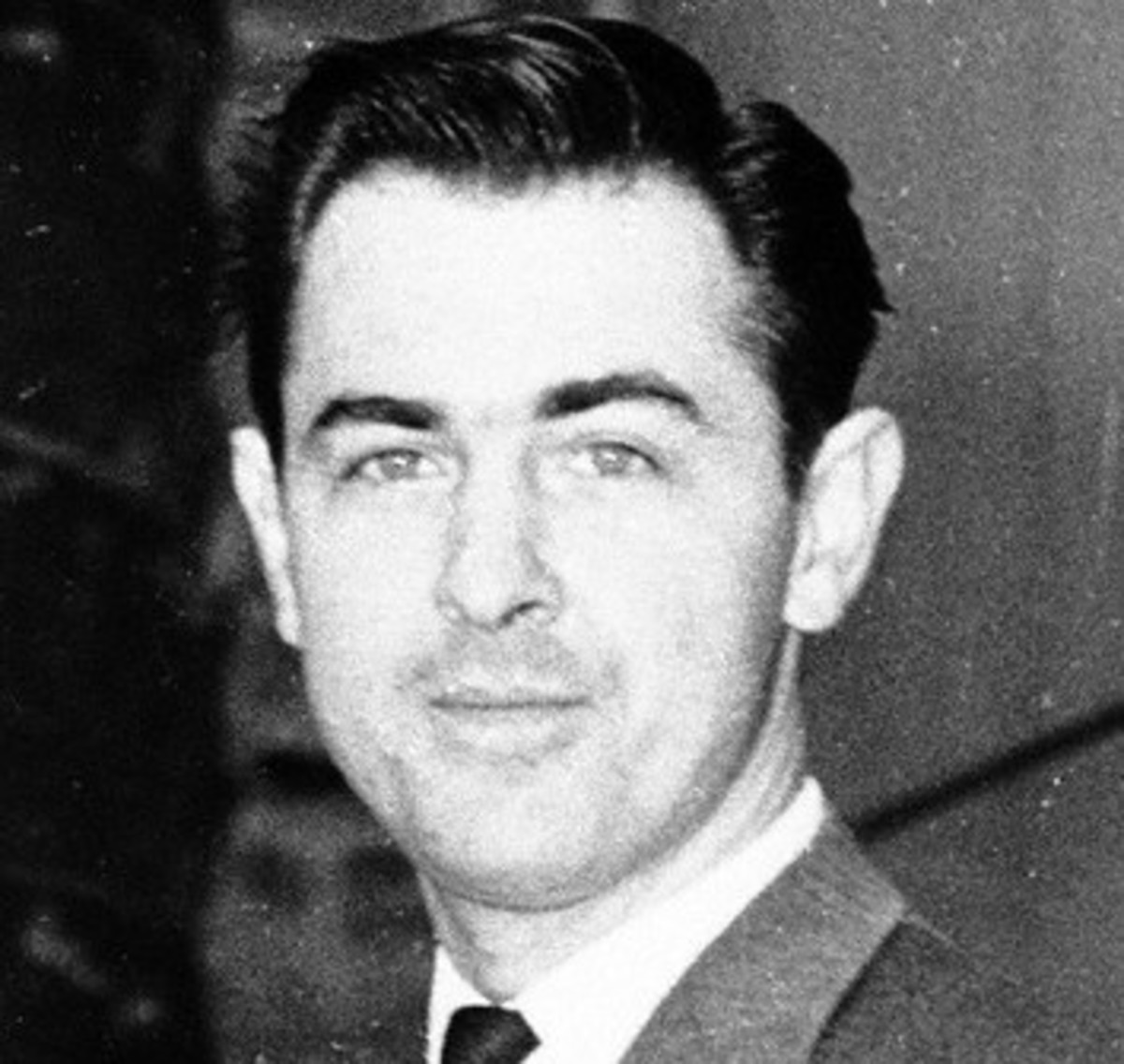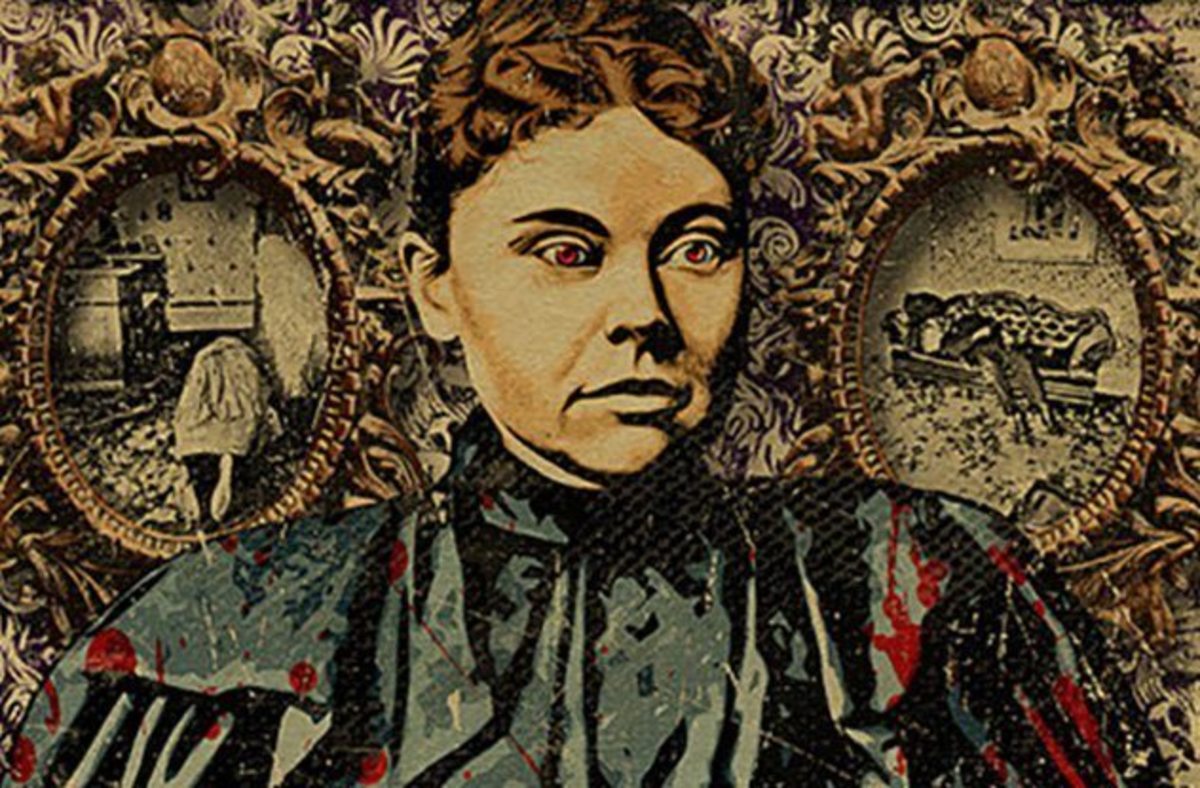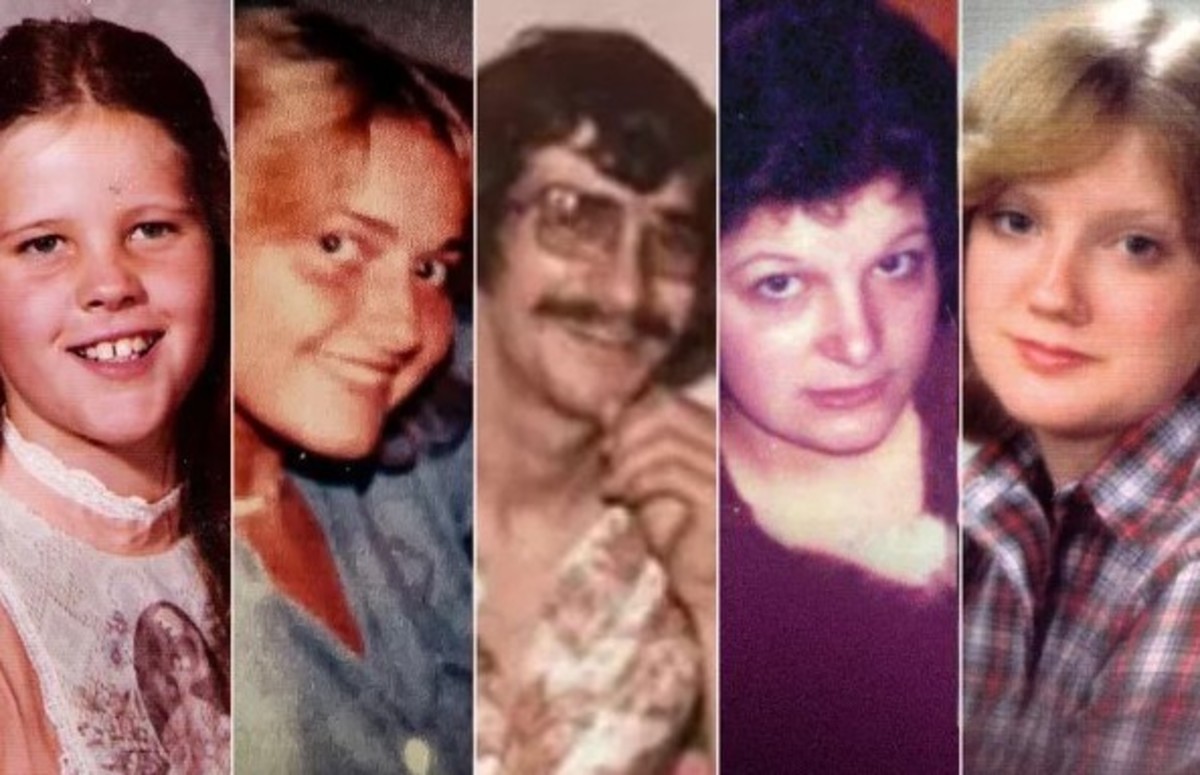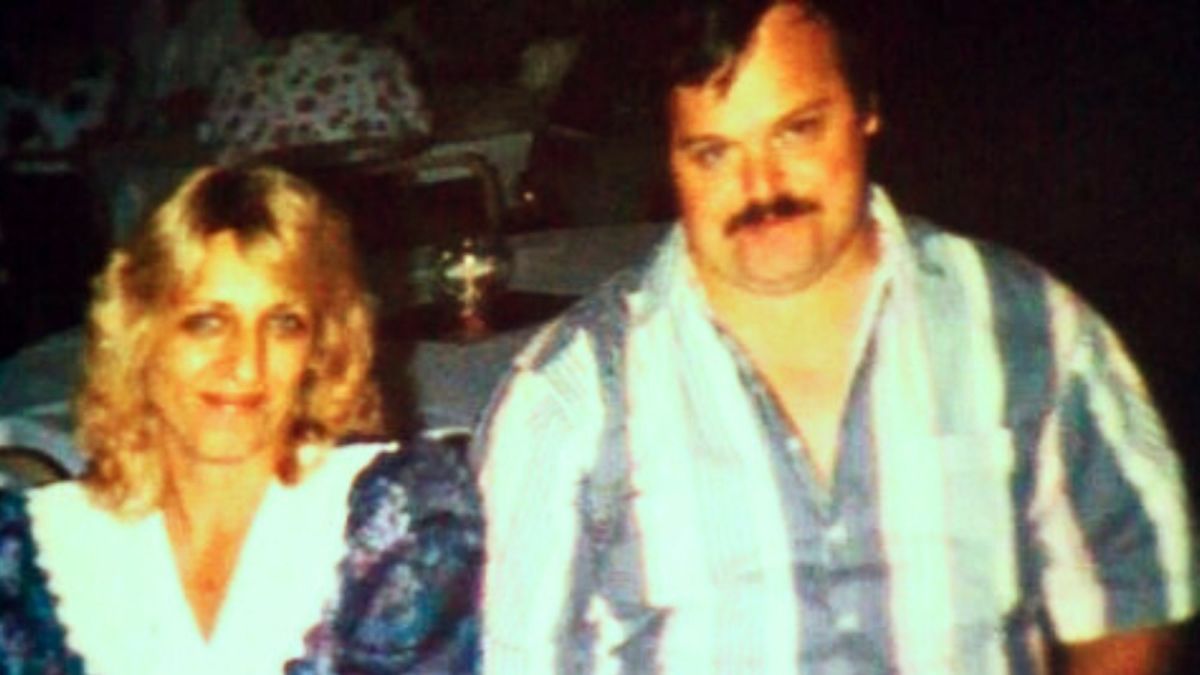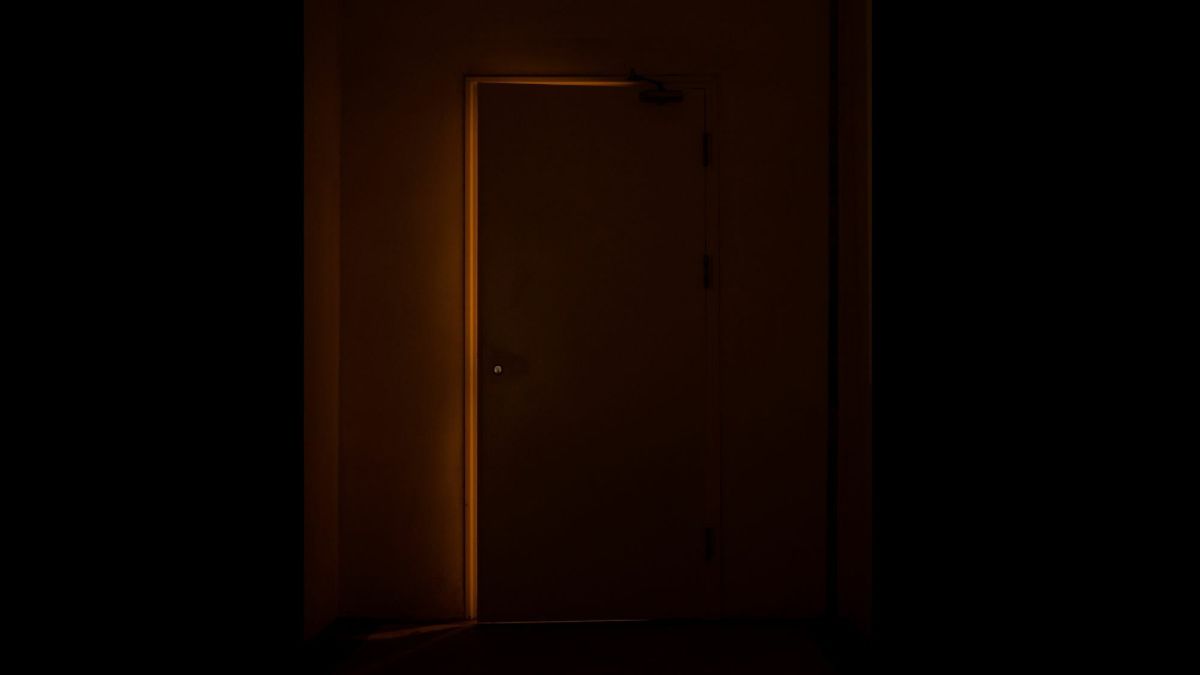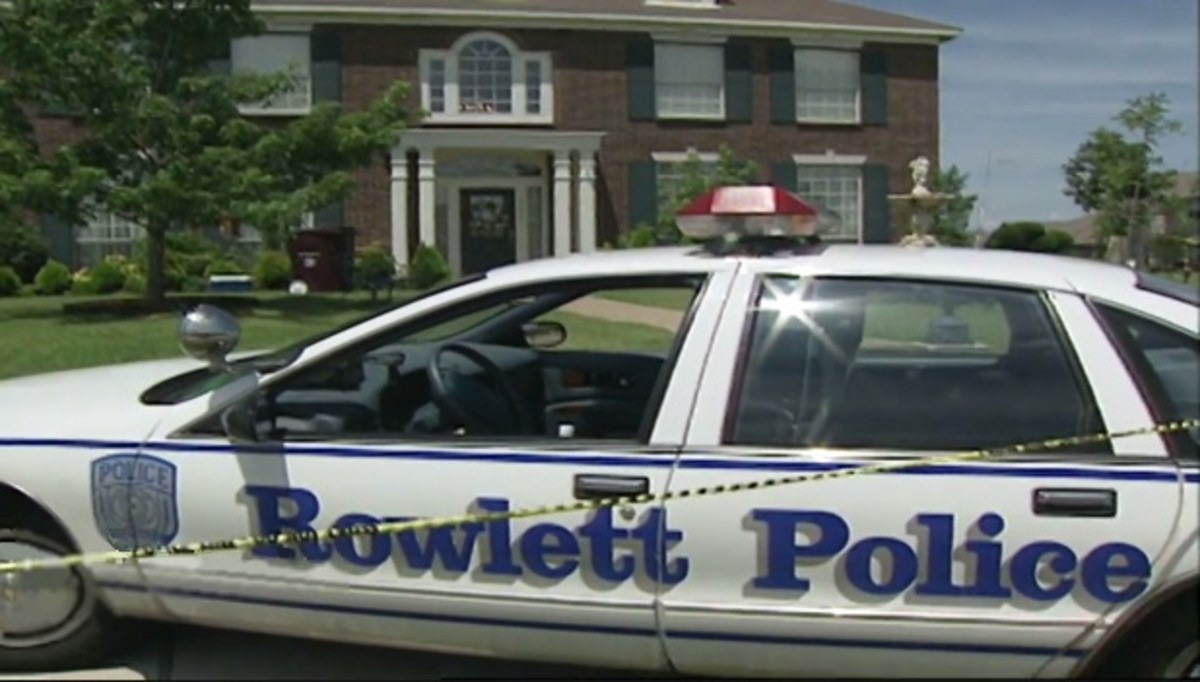The Money Murders

A Trail of Death
A young woman died in a London railway tunnel in September 1905. Was it a horrible accident, or was there something more evil going on? And, was there a connection to a later atrocity?
A Woman's Grisly Death
Mary Sophia Money was a 21-year-old bookkeeper living in London. On the evening of September 24, 1905 she stepped out for a short walk.
At about 11 p.m. that night her body was found in a railway tunnel in London. Had there been some dreadful mishap on the tracks of the London, Brighton and South Coast Railway?
The body was still warm when discovered and the fact that a white silk scarf had been pushed into her throat put an entirely new complexion on the incident.
The autopsy also found that severe head injuries and bruises were inconsistent with her having been hit by a train. The pathologist also determined that she had fallen backwards onto the track. Ms. Money's body was identified by her brother, Robert Henry Money.
The conclusion of police was that she had been attacked and beaten and then tossed out of a train's compartment. A coroner's jury was less convinced by the evidence and returned an open verdict.
The police were baffled by the death and the case was never solved. So, let's set that aside for a while.

The Eastbourne Tragedy
A dozen years after the tunnel tragedy another violent incident took place in the south coast resort of Eastbourne. A man named Robert Hicks Murray shot himself and left a note “I’m absolutely ruined, and have killed those dependent on me. Should like them buried in one grave. God forgive me,”
In the same house, police found a baby, two children, and a woman, all had been shot. A second woman suffered a bullet wound but survived.
Investigators put together the story of a man leading a double life. Robert Murray, also known as Charles Stirling, concocted a history of his life that included being a decorated American army captain as well as enjoying the same rank in several British regiments. He had seen duty, he said, in the Philippines, China, and India.
He was a handsome charmer who won the affections of two sisters, Florence and Edith Paler. He whisked Florence off to a traditional Scottish marriage ceremony and installed her in a cottage in south London.
A few months later, Murray entered a bigamous marriage with Florence's younger sister, Edith. Children were born and Murray split his time between his two families, each apparently unaware of the existence of the other.
Of course, two wives were not enough for the amorous Murray, who now became infatuated with the daughter of a wealthy tea merchant. He decided to get rid of his existing families to pursue his latest love interest unencumbered.

Murray announced there was to be a holiday and he rented a large villa in Eastbourne. He installed Edith and the baby Winifred first, shot them and stuffed their bodies into the “Blue Room” and locked the door.
Next Florence, with young Stanley and Vera arrived. They enjoyed a couple of days of romping about on the beach and then he shot them. His plan was as ill-conceived as his aim. Florence was only wounded in the neck and she escaped to find help.
The story then goes into the realm of supposition. It seems Murray realised his scheme had failed, so he piled all the bodies up and set fire to them before taking his own life.
The blaze was quickly extinguished and the grisly evidence revealed.
A Multiple Murderer Unmasked
As police dug deep into Murray's background they came up with some intriguing information. Without going into details, they said the dead man had killed seven wives.
Then, they developed the theory that Robert Hicks Murray was not who he said he was, but somebody we've already met, a man with the same initials; that is Robert Henry Money.
Police took an image of Money to Florence Murray (Paler) who was recovering in hospital from her bullet wound. A report of that meeting appeared in a very unlikely place, The Evening Times of Grand Forks, North Dakota:
“The portrait is that of a young looking man with smooth hair, good features, and a pleasant and intelligent expression. Miss Paler recognized the photograph as that of a man who had lived with her as Robert Hicks Murray and was the father of her two children. She expressed herself as absolutely certain that the picture shown her was Murray's photograph.”
Then, police showed the suicide note to one of Money's sisters and she was quite definite that it was in his handwriting.
However, it has never been definitively established that Robert Henry Money and Robert Hicks Murray were the same person.
Bonus Factoids
- In 1937, Laetitia Toureaux was riding alone in a first class compartment of the Paris Metro. In the tunnel between two stations, just 60 seconds apart, she was murdered in a crime that was never solved.
- It's estimated that 1,600 murders in the United Kingdom are unsolved, while prosecutors say they solve 85 percent of homicides.
Sources
- “England's Latest Bluebeard has been Captured and Identified.” The Evening Times, September 12, 1912.
- “The Eastbourne Tragedy - the Story of Sisters in Love and an Insidious Polygamist.” nevsedoma.com, October 20, 2023.
- “Murder on a Train: The Money Mystery.” strangeco.blogspot.com, February 18, 2019.
This content is accurate and true to the best of the author’s knowledge and is not meant to substitute for formal and individualized advice from a qualified professional.
© 2025 Rupert Taylor


